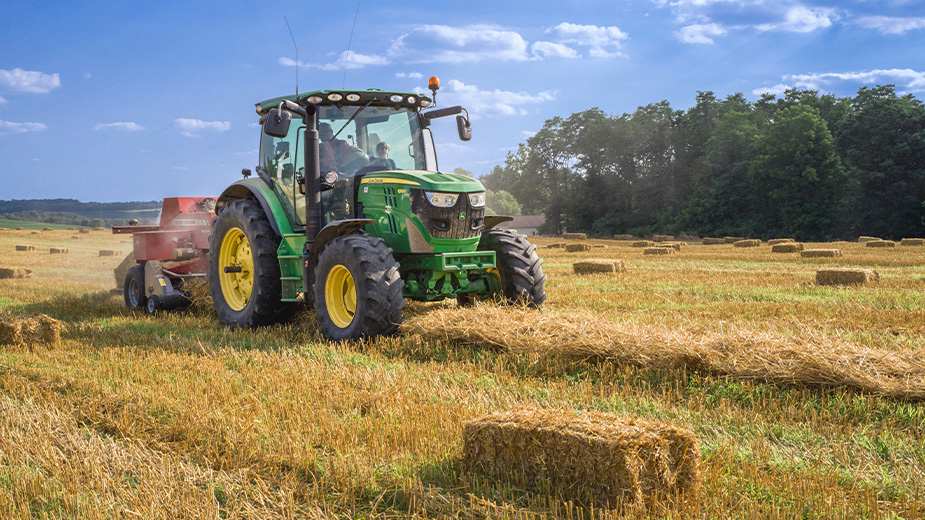Group Releases Results from Ohio Farm Stress Survey
REYNOLDSBURG, Ohio – The Ohio Agricultural Mental Health Alliance has released the results of a survey created to ensure Ohio’s farmers, families and communities are better equipped to deal with stress.
Members of the farming community anonymously answered a series of questions related to mental health and agriculture that garnered information related to demographics, farm-related stressors, mental health and well-being, loneliness and social support and knowledge of and access/barriers to mental health support services. More than 600 people accessed the survey, with 80 Ohio counties having at least one respondent.
Key highlights collected from the survey data show:
- The most common stressors that caused moderate to severe stress were the cost of farm inputs, market prices for crops and livestock and the cost of farmland.
- 39% of respondents indicated their mental well-being is “Very good or Excellent.” Additionally, 38% of respondents indicated that their mental well-being was “Good,” resulting in 3 out of every 4 respondents having a positive perception of their overall mental well-being.
- 23% of respondents had negative perceptions of their mental well-being.
- 10% of respondents were highly affected and reported that mental health conditions or emotional problems kept them from their work and usual activities 14 or more days of the past 30.
- 50% of respondents scored as likely to be experiencing loneliness, with nearly 1 in 5 stating they often feel isolated from others.
- 44% of the respondents stated there was a time in the past 12 months when they felt they needed mental or emotional health care or counseling services. Of those, half stated they did not get the services they needed, and nearly one-quarter stated they received some services but felt they needed more or different services.
- The most frequent commodity respondents worked with were field crops, livestock, poultry, fresh vegetables, fruit and miscellaneous commodities such as plants, flowers, honey, etc.
“Many promising details emerged from the initial findings of this survey as it shows that the agricultural community is becoming more aware of farm stress and finding positive ways to cope with it, but results also tell us there is more work to be done in the space of mental wellness in agriculture,” said Adam Sharp, executive vice president of the Ohio Farm Bureau. “This topic is never easy to discuss, but surveys like this one and the additional work of the Ohio Agriculture Mental Health Alliance are making those conversations easier to have, and that will go a long way in making sure rural Ohio has the resources necessary to help those who need it the most.”
The Ohio Agricultural Mental Health Alliance is made up of state agencies and organizations focused on mental health in agriculture. Members include AgCredit, Farm Credit Mid-America, Ohio AgriBusiness Association, Ohio Corn & Wheat, Ohio Farm Bureau, Ohio Department of Agriculture, Ohio Department of Mental Health & Addiction Services, Ohio Suicide Prevention Foundation and The Ohio State University.
“The work being done within this alliance is helping break down stigmas surrounding mental health and stress in the farming community,” said Ohio Department of Agriculture Director Brian Baldridge. “Farmers are not only an integral part of Ohio’s No. 1 industry, food and agriculture, but we are also humans going through life’s challenges. The insight gathered from this survey will help us determine how we can best support our neighbors.”
Food and agriculture is Ohio’s No. 1 industry, employing 1 in every 8 Ohioans. Ohio is home to 76,500 farms, covering more than 13 million acres.
The Ohio Department of Mental Health and Addiction Services and The Ohio State University analyzed the data to compile an executive summary report. Group members will then determine where resources are needed to help ensure support is available to communities in need.
Information outlined in the executive summary can be found HERE.
Pictured at top: Photo by Randy Fath. (Unsplash)
Published by The Business Journal, Youngstown, Ohio.



